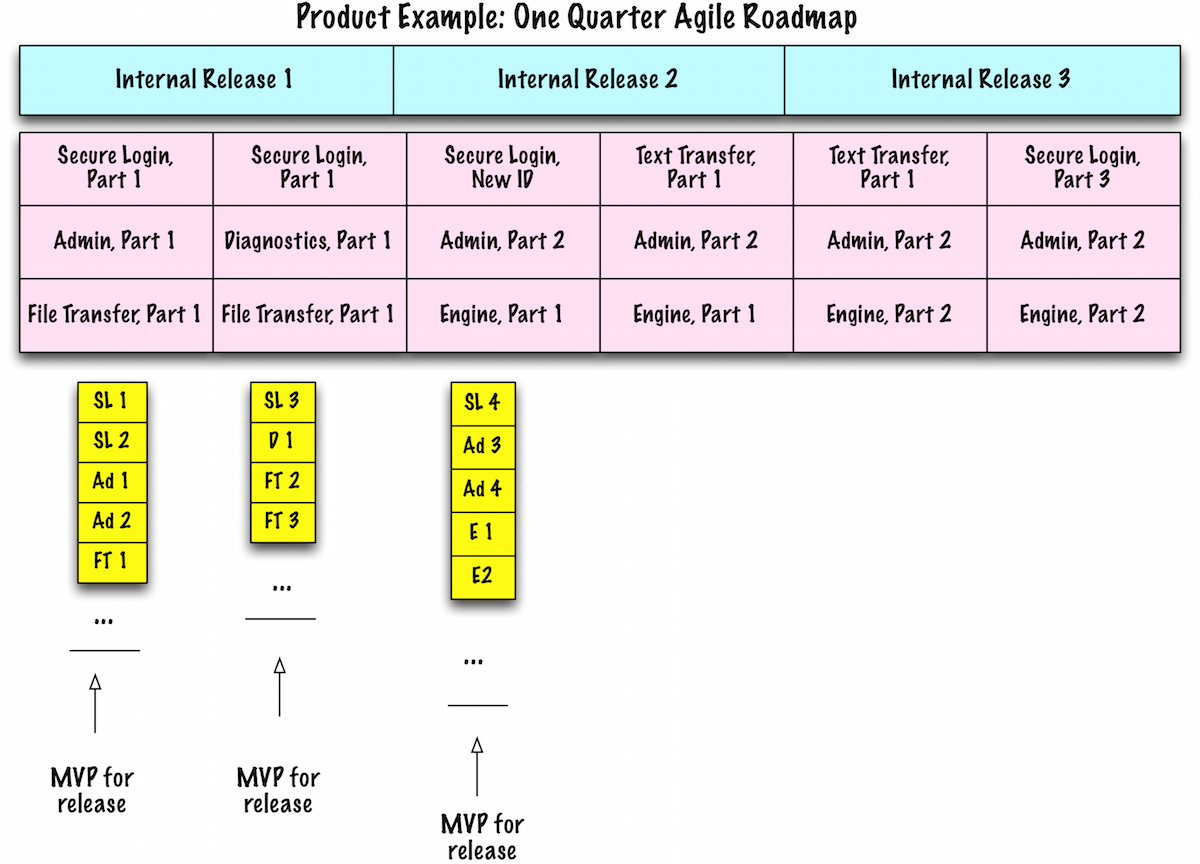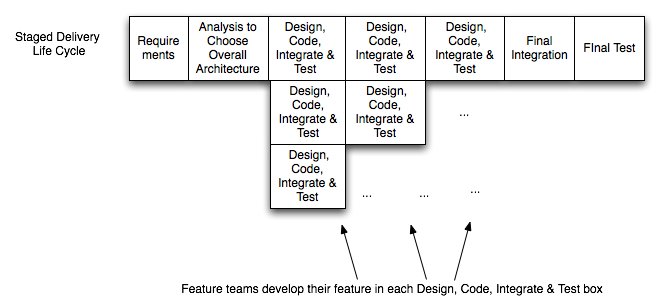The Case for and Against Estimates, Part 1
After the article I referenced in Moving to Agile Contracts was published, there was a little kerfuffle on Twitter. Some people realized I was talking about the value of estimates and #noestimates. Some folks thought I was advocating never estimating anything.
Let me clarify my position.
I like order-of-magnitude estimates. I don’t hire people without either a not-to-exceed or an order-of-magnitude estimate. I explained how to do that in Predicting the Unpredictable: Pragmatic Approaches to Estimating Project Cost or Schedule. That’s because I have to manage the risk of the money and the risk I won’t get what I want.
Notice there are two risks: money and value. When I need to manage both risks, I ask for order-of-magnitude estimation and frequent demos. When we did the remodel for the house we are living in now—almost a rebuild—we had an estimate from our builder. Our builder was great. He encouraged us to see the house every day to see their progress. The builder was transparent with problems. Was he truly agile? In order for him to create an estimate, we iterated on the designs for each room before he broke ground.
Construction, hardware development, mechanical products—all those “hard” products require iteration on the design before implementation. That’s because the cost of change is so high when you move to physical form. In my experience, the cost of not iterating before you go to physical form is prohibitive.
So, what is the value of estimation for software? I have said (In Predicting) that software is learning, innovation. We learn from every software project. That makes estimation tricky, if not impossible. Can you estimate? Of course. The problem I see is in the value of the estimate. That value changes for the domain and customer.
If you have a reluctant-to-agile customer, you might want to do more estimation as you work through the project. That was the point of the Moving to Agile Contracts article. You might not even convince a customer that agile is good for them. If you get the value out of working in an agile way, great. You still get the value, even if the customer doesn’t.
If you have a regulated domain or a complex project that you might want to cancel, you might need more estimation as you proceed. I still like using my deliverable-based roadmaps and a not-to-exceed project cost. I would ask, “How much change do we expect?” If the deliverables are going to change every day or week, I don’t see how you can estimate and believe it. You can do a not-to-exceed for a date or cost.
In software, most of the cost is in the run rate for the project.
The image here is an example one-quarter roadmap from Agile and Lean Program Management. In a program, people often need to see further into the future than a backlog or two. I often see organizations requiring six-quarter roadmaps. That’s fine. The roadmap is a wish list. Why? Because it’s not possible to provide a reasonable estimate of that much work that far out without doing some work.
Here’s the tricky part: how much work do you need to do for estimation? I don’t know.
In the Twitter conversation, Glen Alleman mentioned that Raytheon is doing a project using agile. I am pretty sure the agile Raytheon guy I know (socially) is on that project. Yes, they do 4-week iterations. They work feature-by-feature. I believe, although I am not positive, they started that project with a significant investigation period. To me, that project looks a lot more like staged delivery. On the other hand, does it matter??
Does that mean it’s not agile? Well, staged delivery does not require the same transparency and culture change that agile does. On the other hand, does it matter? Remember, I am not religious about what you do. I want your project to succeed.
So what about #noestimates? How does that figure into this conversation?
Here are times when you might not want to bother estimating:
- You have a fixed target. Management said, “We need this project done by that date.” In that case, get a ranked backlog and get to work. Why fight with people or waste time estimating when you have no idea what you can do? In Predicting, I say something like this, “Get a ranked backlog. Get to work. Get some data. Show progress. If you can’t deliver what they want when they want it, you now have data for a discussion.”
- You think things will change every day or every week. Management/your sponsor says, “Here’s the ranked backlog. We want to see what you can do so we know what we want to change.” Inviting change is why we use agile. Otherwise, we could used staged-delivery. Why estimate? I would use a not-to-exceed date or cost.
- You are on the project to save the company. Get a ranked backlog and get to work. Determine how often you can release to get revenue.
I have been on all these kinds of projects. I have gotten a ranked backlog and gotten to work. I have succeeded. Oh, in one case, the company management started the project to save the company too late to make a difference. I didn’t succeed then. We needed four weeks to make a difference and had two.
I like delivering small chunks often. Yes, I use deliverables in my work that are small, often an hour or less. I can stop when I get to the end of them and not worry about the next chunk. I am sure I do different work than you do.
That is why, as Glen says, the domain is critical. I think it’s also the customer. Maybe there are more things to consider.
In my next post, I will discuss when estimates are harmful.
| Reference: | The Case for and Against Estimates, Part 1 from our JCG partner Johanna Rothman at the Managing Product Development blog. |




